Why contractors keep asking for MHEC in gypsum plaster (and what YoungCel is doing right)
If you’ve ever watched a crew struggle with slump on a hot day, you already know: the right cellulose ether can make or break productivity. I’ve been walking job sites long enough to see fads come and go, but Cellulosic Thickening Agent YoungCel MHEC Gypsum Plaster Additive Manufacturer keeps popping up in spec sheets—quietly, reliably. To be honest, that says something.
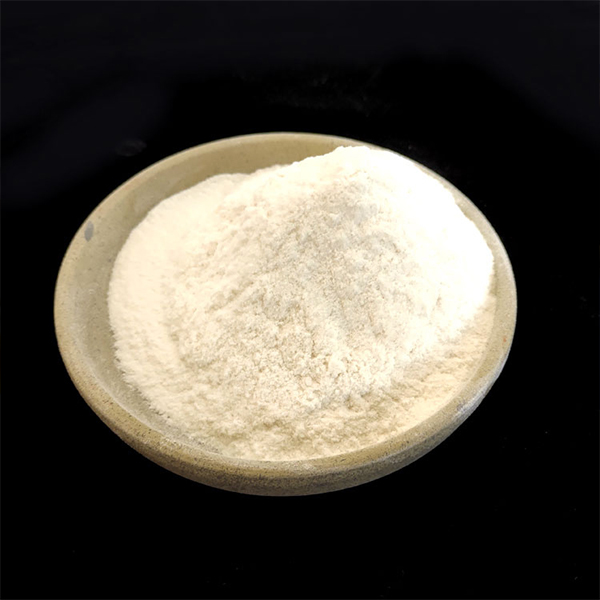
Market snapshot
The gypsum plaster segment is nudging toward lighter environmental footprints—low VOC, higher yield, consistent pumpability. MHEC (methyl hydroxyethyl cellulose) has quietly become the preferred rheology modifier over older grades because it balances water retention with workable set times. In fact, machine-sprayed plaster lines basically expect it now. Many customers say they notice fewer callbacks for cracking when they dial in the dosage.
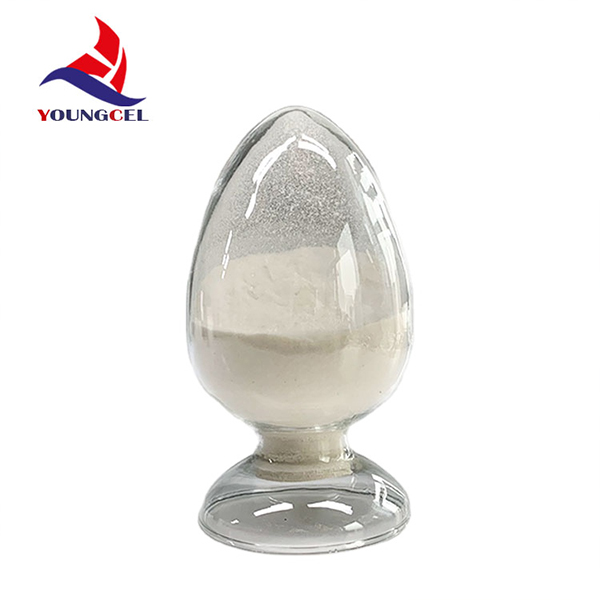
Technical specs (typical values)
| Classification | Methyl Hydroxy Ethyl Cellulose (MHEC) |
| Model | YFG-50 |
| CAS No. | 9032-42-2 |
| Appearance | Free-flowing off-white powder |
| 2% Brookfield viscosity (mPa·s, 20°C) | ≈ 45,000–55,000 |
| Methoxy content | ≈ 19–24% |
| Hydroxyethyl substitution | Low–medium (balanced water retention) |
| Moisture | ≤ 5% |
| pH (1% solution) | 6.0–8.5 |
| Sieve residue (180 μm) | ≤ 2% |
| Water retention in gypsum | ≈ 95–98% (lab data; real-world use may vary) |
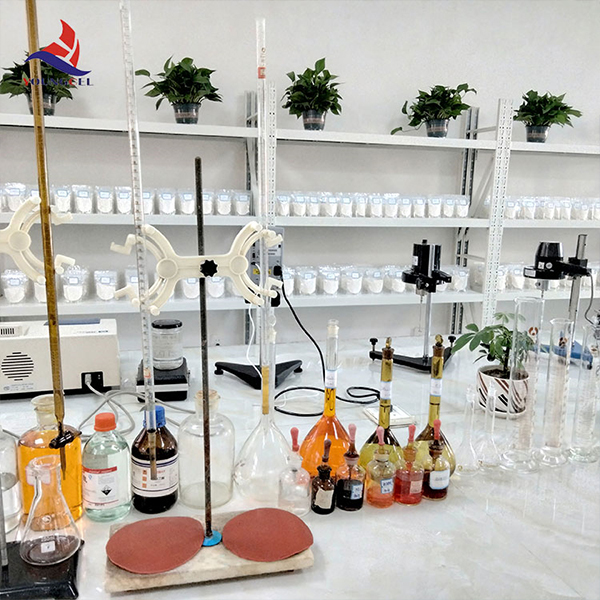
Where it shines
- Gypsum machine-spray plaster: pumpability, anti-sag, stable spray pattern
- Hand-applied plaster and putty: creamy feel, extended open time
- Jointing compounds: edge cohesion, reduced pinholes
- Hot/dry climates: better water retention and workability window
Advantages I’ve seen on-site: fewer trowel passes, cleaner edges, and—surprisingly—less rebound when the mix is tuned. Cellulosic Thickening Agent YoungCel MHEC Gypsum Plaster Additive Manufacturer also plays nicely with starch ethers and retarded hemihydrate blends.
Process flow and quality
Cellulosic Thickening Agent YoungCel MHEC Gypsum Plaster Additive Manufacturer is produced via: alkali cellulose → etherification (MeCl + EO) → neutralization → washing → drying → milling → QC. Key tests: viscosity (Brookfield, ISO 2555), water retention (EN 13279 methods), sieve residue, and setting profile in gypsum (ASTM C472). Service life in sealed bags is typically 24 months; storage cool and dry.
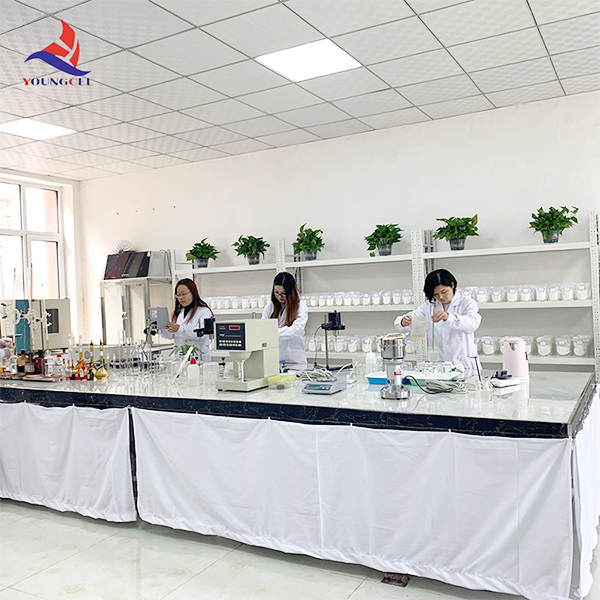
Vendor snapshot (comparative, indicative)
| Vendor | Viscosity options | Water retention | Support | Certs |
|---|---|---|---|---|
| YoungCel (Hebei, China) | 10k–80k mPa·s | High (≈95–98%) | Formulation tuning, on-site trials | ISO 9001; REACH-ready |
| Global A | 20k–100k | High | Lab-based support | ISO 9001/14001 |
| Regional B | Limited SKUs | Medium–high | Basic | Varies |
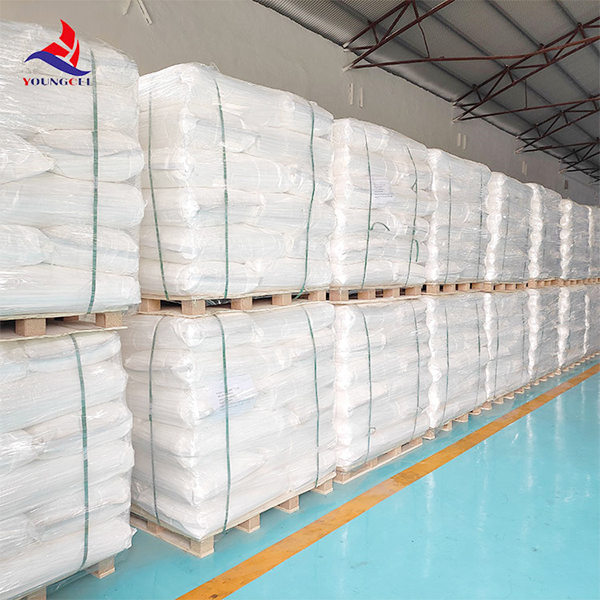
Customization and logistics
Grades around YFG-50 target gypsum plaster; custom tweaks include particle size (for dusting control), surface treatment (wetting), and set-time modulation via synergy packages. Packaging is typically 25 kg paper bags; supply ability is ≈ 50 tons/day. Origin: No.1 Shifu East Road, Gaocheng District, Shijiazhuang, Hebei, China. Lead times are reasonable—I guess that’s why repeat orders are steady.
Field notes and test data
- ASTM C472: compressive strength unaffected at optimum dosage; setting adjustable ±10–20 min
- EN 13279: reduced surface cracking; smooth trowelability
- Job stories: machine-spray in South Asia saw 8–12% faster coverage; EU renovation noted cleaner edges, fewer pinholes

Citations
- ASTM C472 – Standard Test Methods for Physical Testing of Gypsum Plasters and Gypsum Concrete
- EN 13279-1 – Gypsum binders and gypsum plasters: Definitions and requirements
- ISO 9001:2015 – Quality management systems
- ECHA REACH Guidance for Polymers and Monomers
- Gypsum Association Tech Notes on plaster application (regional best practices)
-
Understanding Methyl 2 Hydroxyethyl Cellulose: Uses, Benefits & Industry InsightsNewsNov.24,2025
-
Hydroxyethyl Methyl Cellulose HEMC: Industrial Uses, Benefits & Future TrendsNewsNov.23,2025
-
HEMC Cellulose: Versatile & Sustainable Industrial Polymer | YoungcelNewsNov.23,2025
-
Methyl Hydroxyethyl Cellulose: Versatile Building Block for Industry & SustainabilityNewsNov.23,2025
-
CAS 9032 42 2: Understanding Polyvinyl Alcohol's Impact on Industry & SustainabilityNewsNov.22,2025
-
Hydroxyethyl Methyl Cellulose: Versatile Solutions for Modern Industry and SustainabilityNewsNov.22,2025




